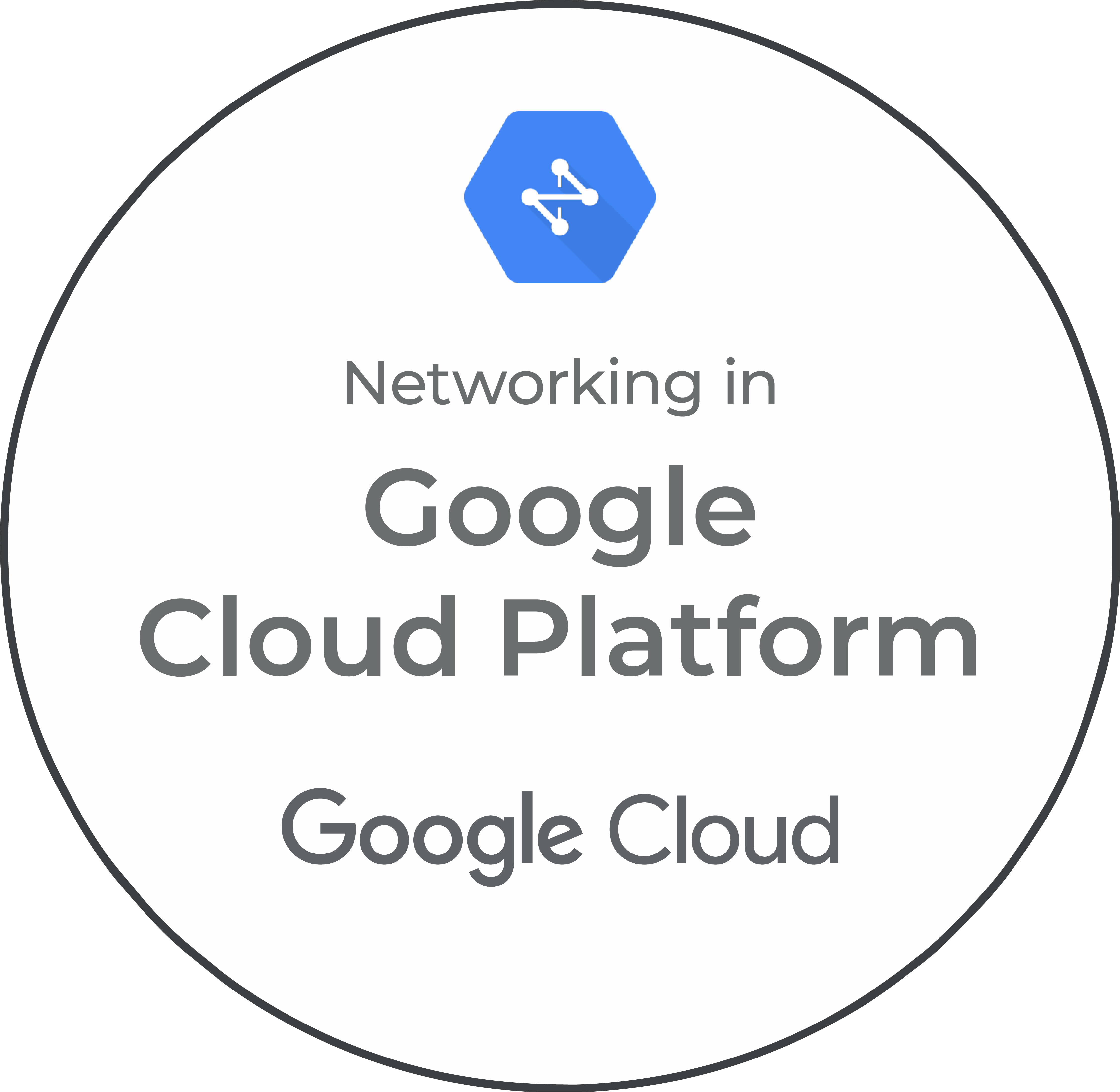- Duration: 2 days
- Format: Face-to-face or distance learning
- Prerequisites: Completion of the course Architecting with Google Compute Engine or equivalent experience. Knowledge and practical experience of GCP and cloud computing concepts.
- Audience: Cloud architects, cloud engineers, network administrators and engineers
- Price: Please contact us
- More information in our training catalogue
The course in detail
Module 1: Google Cloud VPC networking basics
- Understand that networks belong to projects.
Learn the differences between default, automatic and custom networks. - Create networks and sub-networks.
- Understand how IPv4 addresses are assigned to
- Compute Engine instances.
- Publish domain names using Google Cloud DNS.
- Create Compute Engine instances with IP address aliases.
- Create Compute Engine instances with multiple virtual network interfaces.
Module 2: Access control to VPC networks
- Understand the effect of IAM rules on VPC networks.
- Control access to network resources using service accounts.
- Control access to Compute Engine instances using tag-based firewall rules.
Module 3: Network sharing between several projects
- Learn about the global workflow for configuring a shared VPC.
- Differentiate between IAM roles that manage network resources.
- Set up peering between unlinked VPC networks.
- Learn about the use cases of a shared VPC and those of VPC network peering.
Module 4: Load balancing
- Learn about the different load balancing services.
- Configure HTTP(S) Layer 7 load balancing.
- Learn about whitelisting and blacklisting IP traffic with Cloud Armor.
- Learn how to cache content using Cloud CDN.
- Explain TCP or SSL Layer 4 proxy load balancing.
- Explain regional network load balancing.
- Configure internal load balancing.
- Consider the options for enabling IPv6 internet connectivity for GCP load balancers.
- Determine which GCP load balancer to use for different cases.
Module 5: Hybrid connectivity
- Learn about the GCP interconnection and peering services available to connect your infrastructure to GCP.
- Understand dedicated interconnection and partner interconnection.
- Learn about the global workflow for configuring a dedicated interconnection.
- Establish a connection to a VPN with Cloud Router.
- Determine which GCP interconnection service to use in different cases.
- Understand direct and partner peering.
- Determine which GCP peering service to use in different cases.
Module 6: Networking pricing and billing
- Understand methods of billing for networking functions.
- Leverage network service levels to optimise expenditure.
- Determine which network service level to use in different cases.
- Learn how labels can help you understand networking expenses.
Module 7: Network design and deployment
- Learn the most common network design schemas.
- Set up private access to Google to allow access to certain Google Cloud services from VM instances with only internal IP addresses.
- Configure Cloud NAT to authorise your instances without public IP addresses to access the internet.
- Automate network deployment using Deployment
- Manager or Terraform.
- Launch networking solutions using the Cloud Marketplace.
Module 8: Network monitoring and troubleshooting
- Configure availability tests, alert rules and graphs for your network services.
- Record and analyse network traffic behaviour using VPC flow logs

